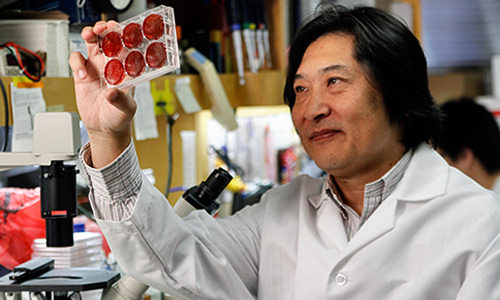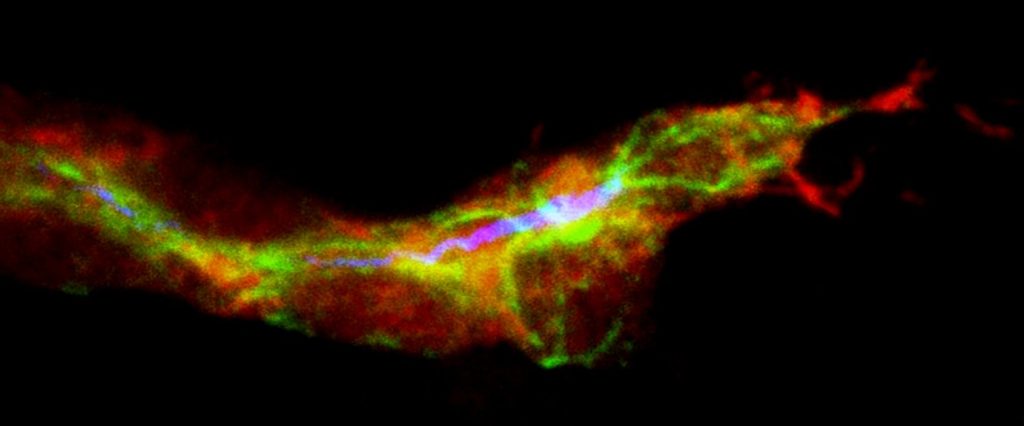Stem cells in bone marrow need to produce hydrogen sulfide in order to properly multiply and form bone tissue, according to a new study from the Center for Craniofacial Molecular Biology at the Ostrow School of Dentistry.
Professor Songtao Shi, principal investigator on the project. Photo Credit: University of Southern California
Professor Songtao Shi, principal investigator on the project, said the presence of hydrogen sulfide produced by the cells governs the flow of calcium ions. The essential ions activate a chain of cellular signals that results in osteogenesis, or the creation of new bone tissue, and keeps the breakdown of old bone tissue at a proper level.
Conversely, having a hydrogen sulfide deficiency disrupted bone homeostasis and resulted in a condition similar to osteoporosis—weakened, brittle bones—in experimental mice. In humans, osteoporosis can cause serious problems such as bone fractures, mobility limitations and spinal problems; more than 52 million Americans have or are at risk for the disease.
However, Shi and his team demonstrated that the mice’s condition could be rescued by administering small molecules that release hydrogen sulfide inside the body. The results indicate that a similar treatment may have potential to help human patients, Shi said.
“These results demonstrate hydrogen sulfide regulates bone marrow mesenchymal stem cells, and restoring hydrogen sulfide levels via non-toxic donors may provide treatments for diseases such as osteoporosis, which can arise from hydrogen sulfide deficiencies,” Shi said.
Story Source:
The above story is based on materials provided by University of Southern California, Beth Newcomb.





